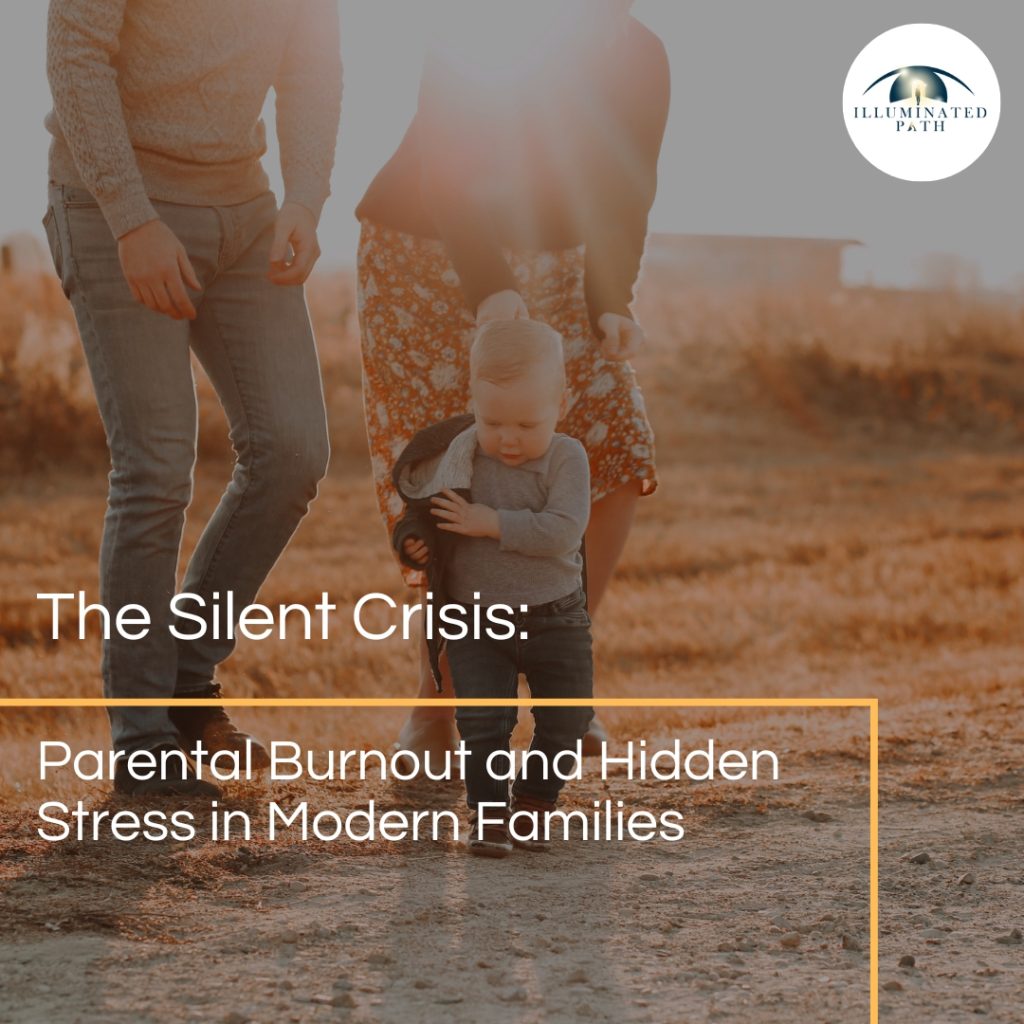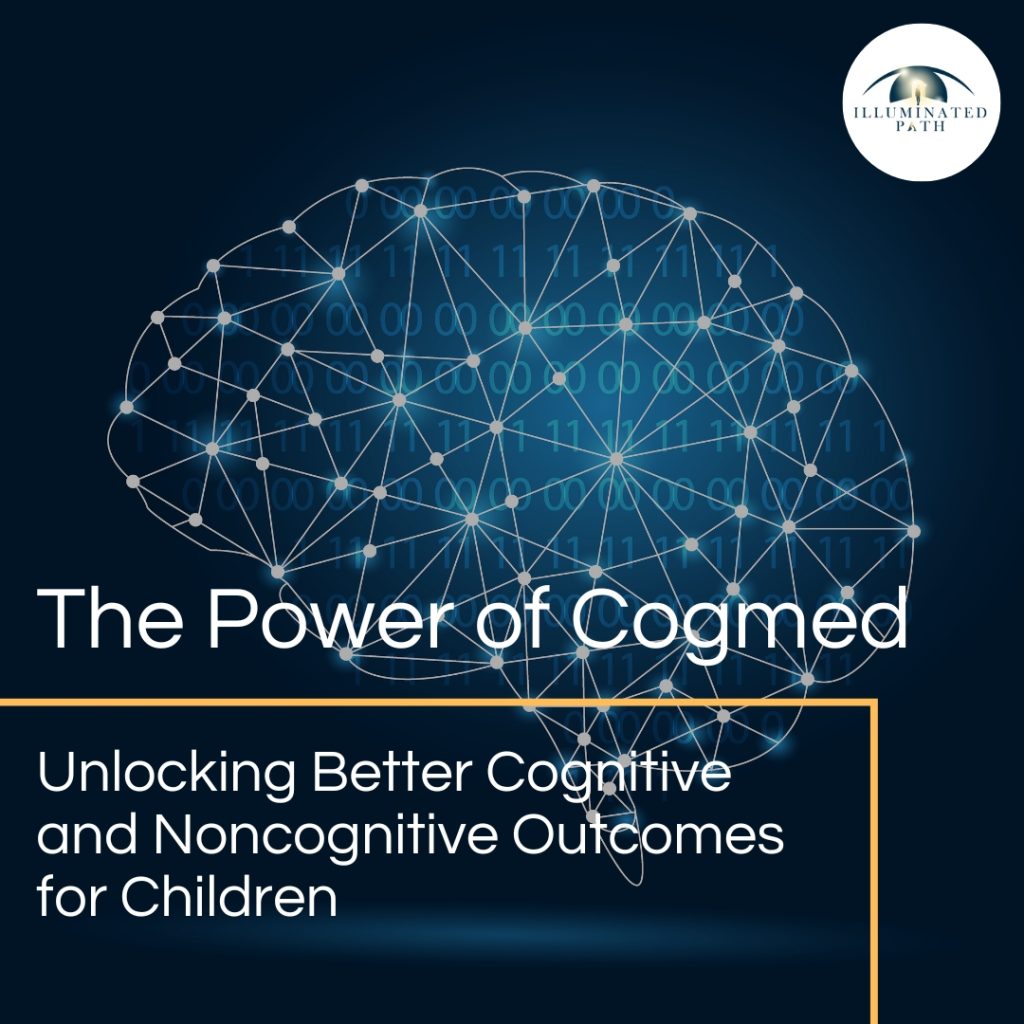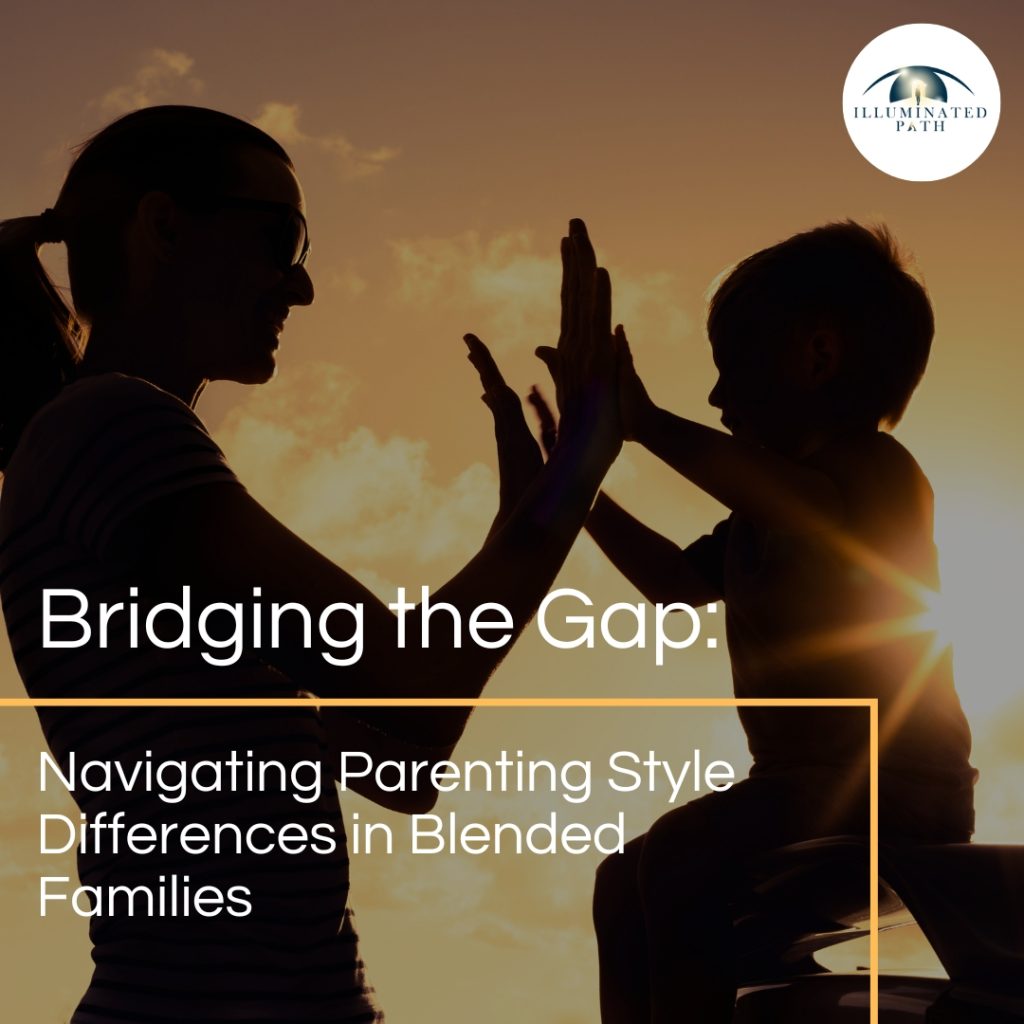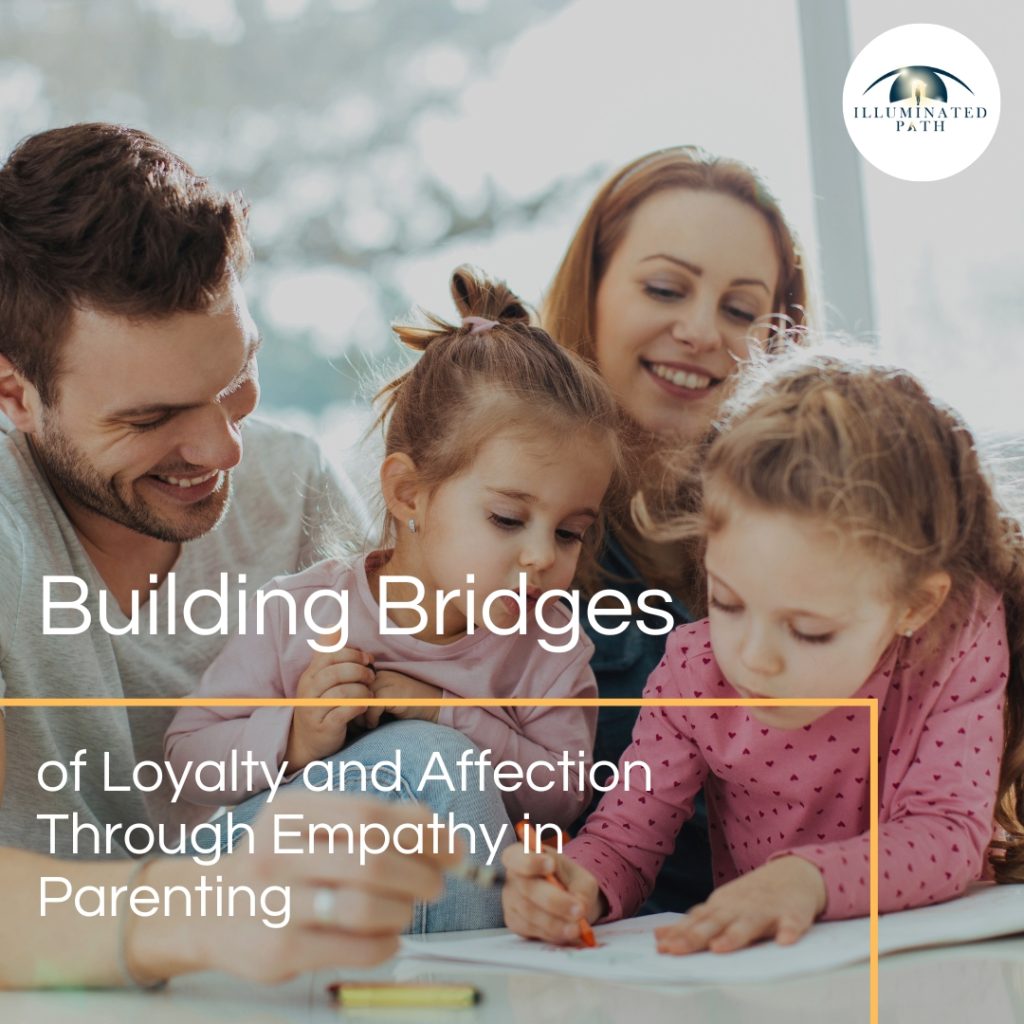The Silent Crisis: Parental Burnout and Hidden Stress in Modern Families

Modern parenting is often depicted as a journey filled with immense joy and profound love, yet beneath the surface of picture-perfect social media posts and well-meaning advice lies a reality often characterized by relentless demands and unspoken pressures. While the rewards of raising a family are undeniable, the daily grind can lead to a significant but frequently unacknowledged issue: parental burnout. This article aims to shed light on this silent crisis, defining what parental burnout is, exploring its widespread prevalence, detailing its often-overlooked symptoms, and delving into the complex web of causes, including societal expectations and the subtle stressors that permeate modern family life. Furthermore, it will analyze the far-reaching impact of this condition and offer pathways towards recovery through effective coping strategies and the supportive role of therapy. What Exactly is Parental Burnout? Parental burnout is characterized as a state of intense exhaustion specifically related to the role of being a parent. This isn’t merely feeling tired after a long day; it’s a profound and persistent weariness where even the thought of engaging in parenting responsibilities can feel utterly draining. At its core, parental burnout involves a combination of feeling overwhelmingly exhausted, experiencing emotional distancing from one’s children, and developing a sense of ineffectiveness in one’s parental capabilities. This condition arises as a prolonged response to the chronic stress inherent in raising children, often stemming from a long-term imbalance between the perceived risks or demands of parenting and the resources available to cope with them. When the scales tip, and the energy-consuming aspects of caregiving outweigh the replenishing ones, burnout becomes a significant risk. A crucial aspect of understanding parental burnout is recognizing the contrast between a parent’s current feelings and their previous experiences of parenting. Individuals experiencing burnout often recall a time when they felt more joy and fulfillment in their role, highlighting that this condition represents a deterioration from a prior, more positive state. This shift can be a key indicator, prompting parents to recognize that their current level of exhaustion and detachment is not their baseline. Several key characteristics define parental burnout: An overwhelming exhaustion specifically tied to the parental role , often described as a constant state of depletion that goes beyond typical tiredness. Emotionally, burned-out parents may experience a significant distancing from their children , where interactions become more about managing tasks than fostering emotional connection. They might feel mentally absent even when physically present. Furthermore, there’s often a profound sense of parental ineffectiveness , with parents doubting their capacity to be good caregivers and feeling a loss of accomplishment in their role. This can erode confidence and diminish the enjoyment derived from parenting. Beyond these core symptoms, other indicators can include an increase in addictive behaviors , the emergence of suicidal thoughts and escape fantasies , sleep disturbances and various health issues , heightened irritability and frustration , and a loss of motivation and interest in previously enjoyed activities. It is vital to distinguish parental burnout from regular stress and clinical depression. While parental burnout shares some similarities with both, it occupies a unique space. Parenting stress is a normal and expected part of raising children. However, burnout arises when this chronic stress becomes overwhelming, exceeding a parent’s coping abilities and often stemming from an imbalance between stressors and available resources. Unlike general stress, which can originate from various aspects of life, parental burnout is specifically linked to the sustained pressure of parenting. Depression, on the other hand, can manifest without a clear external trigger and often involves a broader range of symptoms, including pervasive low mood and a loss of interest across all areas of life. While burnout can unfortunately lead to depression, it is not caused by it. A key differentiator lies in the focus: parental burnout centers on exhaustion and detachment related to the demands of raising children, whereas depression encompasses a wider spectrum of negative feelings and experiences. The scope of negative feelings tends to be narrower in burnout, often primarily focused on the parental role. The Hidden Weight: Uncovering Subtle Stressors in Modern Families While the more overt causes of parental burnout, such as work-life imbalance and lack of support, are often discussed, several subtle and often overlooked stressors contribute significantly to this silent crisis in modern families. One of the most pervasive hidden stressors is the comparison culture that is rampant in today’s society, particularly amplified by social media. The constant exposure to curated, often unrealistic portrayals of other families and their seemingly perfect lives can leave parents feeling inadequate and constantly measuring themselves against an often-distorted reality. This pressure to “keep up with the Joneses” in the realm of parenting can be a significant source of stress. The societal emphasis on achievement and performance in children further fuels this comparison, creating an invisible pressure to ensure one’s children are excelling in all areas. Technology overload presents another subtle yet potent stressor. While technology offers numerous conveniences, its constant presence can blur the boundaries between work and family life, leading to an “always-on” mentality that prevents parents from truly disconnecting and recharging. Excessive screen time within families can also lead to decreased quality face-to-face interactions, hindering meaningful parent-child bonding and potentially increasing feelings of isolation among family members. Furthermore, disagreements over screen time limits and technology use can become a frequent source of conflict within households. Children may even sense and react to their parents’ preoccupation with technology, feeling like they are competing for attention. The often-invisible mental load of parenting is another significant contributor to hidden stress. This refers to the cognitive and emotional labor involved in managing a household and raising children – the constant planning, organizing, scheduling, and anticipating of everyone’s needs. This burden often falls disproportionately on one parent, typically the mother, leading to significant stress, burnout, and feelings of being overwhelmed and unappreciated, even when physical tasks are shared. The Scope of the Problem:
The Power of Cogmed : Unlocking Better Cognitive and Noncognitive Outcomes for Children

Working memory (WM) is a cornerstone of cognitive functioning, allowing individuals to temporarily hold and manipulate information. It is essential for tasks such as problem-solving, reasoning, and learning, which directly influence academic and social success. In recent years, working memory training programs like Cogmed Working Memory Training (CWMT) have gained attention for their potential to enhance cognitive and noncognitive skills, particularly in children. This article explores how Cogmed impacts these areas, supported by data, statistics, and research findings. What is Cogmed Working Memory Training? Cogmed is a research-based software program designed to improve WM through adaptive and intensive exercises. Developed by Torkel Klingberg and his team at the Karolinska Institute in Sweden, it was initially aimed at improving WM in individuals with ADHD. Over time, its use has expanded to children with learning disabilities, neurodevelopmental disorders, and even those seeking general cognitive enhancement. The program consists of 25 to 30 training sessions, lasting 30 to 45 minutes each, and adjusts task difficulty based on the user’s performance. Core Goals of Cogmed: Enhance short-term memory and the ability to manipulate information. Improve related cognitive functions, such as attention and inhibitory control. Facilitate better academic performance and behavioral regulation. Cognitive Benefits of Cogmed 1. Improvement in Working Memory Capacity Multiple studies have shown that Cogmed significantly improves WM capacity. For example: A meta-analysis of 25 studies conducted by Spencer-Smith and Klingberg (2015) found that Cogmed improved visuospatial and verbal WM in children, with medium to large effect sizes (Cohen’s d = 0.59 for visuospatial and 0.72 for verbal WM). Randomized Controlled Trials (RCTs): Holmes et al. (2009) demonstrated that children aged 8–11 with low WM capacity showed a 23% improvement on WM tasks after completing Cogmed training compared to a control group. 2. Transfer Effects to Academic Skills WM training’s ability to generalize to academic domains has been a topic of significant research. A study by Egeland et al. (2013) showed that children with ADHD who completed Cogmed training improved their performance in math and reading tasks by 15% over six months compared to a control group, which showed no improvement. German Educational Study (2020): A large-scale study involving 580 children found that those who underwent WM training at age six experienced improved math and reading scores by 12% and 9%, respectively, over the following year. 3. Executive Functioning and Cognitive Flexibility Cogmed training strengthens other executive functions, such as cognitive flexibility and inhibitory control: ADHD Study: Klingberg et al. (2005) found that children with ADHD who completed Cogmed showed a 25% improvement in tasks requiring cognitive flexibility, such as shifting between different rules in problem-solving. Inhibitory Control Gains: Research by Chein et al. (2011) revealed that children who underwent Cogmed exhibited enhanced impulse control, scoring 19% better on Go/No-Go tasks compared to non-trained peers. Noncognitive Benefits of Cogmed 1. Improvements in Self-Regulation WM is closely linked to self-regulation, which includes managing emotions, behaviors, and impulses. Cogmed has been shown to benefit these areas: ADHD Symptoms: According to a study by Beck et al. (2010), parents reported a 30% reduction in inattentive and hyperactive behaviors in children with ADHD after completing Cogmed training. Behavioral Regulation: In a classroom setting, children who underwent Cogmed were 18% less likely to engage in disruptive behaviors compared to peers who did not receive training (Holmes et al., 2010). 2. Long-Term Behavioral Changes Long-term follow-up studies suggest that Cogmed’s impact on noncognitive skills can extend years after training: A four-year follow-up of children who participated in Cogmed (Egeland et al., 2013) found that they were 16% more likely to succeed in secondary education tracks requiring high self-regulation, compared to children who did not receive the training. Conclusion Cogmed Working Memory Training offers a structured and evidence-based approach to improving working memory and related skills in children. While its impact on WM capacity and near-transfer effects is well-supported, the extent of far-transfer effects to academic and behavioral domains remains a topic of debate. Nonetheless, research indicates that Cogmed can significantly benefit children with ADHD, learning disabilities, or low baseline WM. Future research should focus on long-term sustainability, cost-effectiveness, and the development of more accessible training methods to ensure broader applicability. Integrating Cogmed into comprehensive educational and developmental strategies may unlock its full potential, paving the way for significant cognitive and noncognitive gains in children. The Author Dr. Shadi Souferian Psy. D. Licensed Clinical Psychologist Therapist And Psychologist in Los Angeles And Beverly Hills. You might also enjoy this article: The Power of Cogmed : Unlocking Better Cognitive and Noncognitive Outcomes for Children January 10, 2025Parenting Working memory (WM) is a cornerstone of cognitive functioning, allowing individuals to temporarily hold and…Read more Bridging the Gap: Navigating Parenting Style Differences in Blended Families January 6, 2025Parenting Blended families are on the rise, with an estimated 16% of U.S. children living in…Read more How Cogmed Therapy Addresses Client Pain Points December 31, 2024Personal Development In our increasingly demanding and dynamic world, working memory is more critical than ever. It…Read more Building Bridges of Loyalty and Affection Through Empathy in Parenting December 24, 2024Parenting Parenting is often described as one of the most rewarding and challenging roles in life.…Read more How Couples Therapy Can Transform Your Relationship (Backed by Research) December 18, 2024Relationship Relationships are at the heart of human experience, offering love, support, and companionship. They provide…Read more The Power of Vulnerability: Building Stronger Relationships Through Emotional Connection December 10, 2024Relationship In a world that often prioritizes self-reliance and emotional stoicism, vulnerability can feel like a…Read more
Bridging the Gap: Navigating Parenting Style Differences in Blended Families

Blended families are on the rise, with an estimated 16% of U.S. children living in stepfamily households, according to the U.S. Census Bureau. While these families offer opportunities for new beginnings and expanded relationships, they also come with unique challenges. Chief among these is the task of reconciling differing parenting styles—a process that requires patience, communication, and flexibility. This article explores the complexities of parenting in blended families, offering data-backed insights and actionable strategies to navigate these differences and create a harmonious family environment. Understanding Parenting Styles in Blended Families Parenting styles are influenced by personal upbringing, cultural backgrounds, and past family dynamics. Blended families bring together individuals with varying approaches to discipline, communication, and emotional support, which can sometimes lead to conflict. The Four Primary Parenting Styles Psychologist Diana Baumrind identified four key parenting styles, each with distinct characteristics: Authoritative: High responsiveness and high expectations. Authoritarian: Low responsiveness and high expectations. Permissive: High responsiveness and low expectations. Neglectful: Low responsiveness and low expectations. In blended families, mismatches in these styles can result in misunderstandings or power struggles. Data on Parenting Conflicts in Blended Families Research highlights the prevalence of parenting conflicts in stepfamilies: 70% of blended families experience disagreements about parenting approaches within the first two years, according to Family Relations (2022). Stepparents report feeling unsure about their role in over 60% of stepfamily dynamics, as noted in a study by the Journal of Family Psychology (2021). These statistics underscore the importance of proactive communication and strategy in addressing parenting style differences. Common Challenges 1. Discipline Discrepancies Discipline is often a flashpoint for conflict in blended families. One parent may favor strict rules and immediate consequences, while the other prefers a more lenient, understanding approach. 2. Role Confusion for Stepparents Stepparents may struggle to find their place in the family, particularly when it comes to discipline and authority. They may feel torn between wanting to bond with the stepchildren and adhering to their partner’s parenting preferences. 3. Perceptions of Favoritism Children in blended families may perceive differences in parenting as favoritism, leading to resentment and tension. This is especially common in families with children from previous relationships. 4. Cultural and Generational Differences Blended families often bring together individuals from different cultural or generational backgrounds, which can influence parenting expectations and practices. Strategies for Navigating Parenting Style Differences 1. Establish Shared Goals One of the most effective ways to align parenting styles is by focusing on shared family objectives. Discuss long-term goals, such as raising respectful, independent, and resilient children, and agree on non-negotiable boundaries. Example: Set household rules around bedtime, screen time, and chores that both parents support. 2. Communicate Openly and Respectfully Regular communication is key to resolving parenting conflicts. Schedule time to discuss parenting strategies without distractions. Tip: Use “I” statements to express concerns without assigning blame. For example, “I feel that consistent discipline helps create stability for the children.” 3. Respect Each Parent’s Role In the early stages of blending families, it’s often best for biological parents to take the lead on discipline while stepparents focus on building trust with the children. Over time, roles can evolve as relationships deepen. Research Insight: A 2020 study in the Journal of Marriage and Family Therapy found that stepparents who prioritized relationship-building in the first year reported stronger bonds with their stepchildren. 4. Present a Unified Front Children benefit from consistency. Even when parents disagree behind closed doors, it’s important to present a united front. This prevents children from exploiting differences and fosters a sense of stability. 5. Seek Professional Guidance Family counseling or parenting workshops can provide valuable tools for navigating conflicts and fostering cohesion in blended families. Professional support can also help parents address underlying issues and improve communication. Addressing Common Misconceptions Misconception 1: Stepparents Should Enforce Discipline Immediately In reality, stepparents often find more success by focusing on relationship-building first. Discipline can be introduced gradually as trust develops. Misconception 2: Parenting Styles Must Be Identical While consistency is important, parents don’t need to adopt identical styles. What matters is aligning on core values and presenting a cohesive approach. Misconception 3: Differences in Parenting Styles Are Harmful Parenting differences can be an opportunity for growth and learning if approached with respect and open communication. The Role of Flexibility in Blended Families Blended families are dynamic by nature, and flexibility is crucial to their success. Parents must be willing to adapt their approaches as circumstances change and as children grow. Quote:“Parenting in a blended family isn’t about eliminating differences; it’s about harmonizing them,” says Dr. Emily Carter, a family psychologist specializing in stepfamily dynamics. Data-Backed Benefits of Resolving Parenting Conflicts When parents in blended families align their approaches, the benefits are clear: Stronger Family Bonds: Families that practice effective communication report a 35% increase in overall satisfaction, according to Family Psychology Today (2021). Improved Child Well-Being: Children in harmonious blended families are 40% less likely to experience anxiety or behavioral issues, as noted by the National Institute on Child Development (2022). Lower Parental Stress: Parents who collaborate effectively experience a 25% reduction in stress, according to Clinical Psychology Review (2020). Conclusion Navigating parenting style differences in blended families can be challenging, but it’s a challenge worth taking on. By fostering open communication, setting shared goals, and respecting each other’s roles, parents can create a stable, loving environment where every family member feels valued. Blended families thrive not by erasing differences but by embracing them as opportunities for growth and connection. With patience, flexibility, and a commitment to unity, families can build strong, lasting bonds that stand the test of time. Sources: Family Relations (2022) Journal of Family Psychology (2021) Journal of Marriage and Family Therapy (2020) National Institute on Child Development (2022) Clinical Psychology Review (2020) The Author Dr. Shadi Souferian Psy. D. Licensed Clinical Psychologist Therapist And Psychologist in Los Angeles And Beverly Hills. You might also enjoy this article: Conscious Parenting: Nurturing Self-Aware Relationships with Your Children January 13, 2025Parenting The Author Dr. Shadi
Building Bridges of Loyalty and Affection Through Empathy in Parenting

Parenting is often described as one of the most rewarding and challenging roles in life. Amid the joys of watching children grow and thrive, parents also face the delicate task of helping their children navigate difficult emotions such as anger, sadness, and fear. As the quote wisely states, “When parents offer their children empathy and help them to cope with negative feelings like anger, sadness, and fear, parents build bridges of loyalty and affection.” This powerful insight underscores the vital role of empathy in fostering emotional security, trust, and deep parent-child connections. This article explores the significance of empathy in parenting, backed by research, data, and practical strategies to create strong, emotionally intelligent families. The Power of Empathy in Parenting Empathy is the ability to understand and share the feelings of another. In parenting, this translates to recognizing your child’s emotions, validating their experiences, and offering support to help them navigate their inner world. Empathy serves as the cornerstone of emotional development and healthy relationships. John Gottman, renowned psychologist and researcher, emphasizes that when parents respond empathetically to their children’s emotions, they build a foundation of trust and loyalty. This emotional attunement helps children feel understood, valued, and secure. The Science Behind Empathy in Parenting Studies consistently highlight the positive impact of empathetic parenting: Emotional RegulationChildren whose parents model empathy are better equipped to regulate their emotions. A study published in Developmental Psychology (2020) found that empathetic parenting significantly improves children’s ability to manage stress and emotional challenges. Mental Health BenefitsEmpathy-driven parenting is linked to lower levels of anxiety and depression in children. According to research in the Journal of Family Psychology (2019), children raised in empathetic households are less likely to develop internalizing disorders. Social Skills DevelopmentEmpathetic parenting fosters the development of prosocial behaviors, such as kindness, cooperation, and conflict resolution. A meta-analysis in Child Development (2018) revealed that children of empathetic parents exhibit higher levels of social competence and peer acceptance. Statistics on Parenting and Emotional Development Parental Support: According to the American Psychological Association (2022), children with supportive and empathetic parents are 42% more likely to exhibit emotional resilience compared to those raised in less nurturing environments. Emotional Validation: A report by Harvard University’s Center on the Developing Child highlights that 70% of children who experience emotional validation from parents are better at handling adversity in adulthood. Parent-Child Relationship: A survey by Parenting Science (2021) found that 82% of parents who practiced empathy reported stronger relationships with their children. The Consequences of Neglecting Empathy Failing to empathize with children’s emotions can lead to unintended consequences, including: Emotional Suppression: Children may learn to suppress their emotions, leading to difficulties in emotional expression and self-awareness. Weakened Bond: Lack of empathy can erode trust and affection between parents and children, creating emotional distance. Behavioral Issues: Children who feel misunderstood are more likely to exhibit behavioral problems, as noted in a study published in Pediatrics (2017). Practical Strategies for Empathetic Parenting Active ListeningPay full attention when your child shares their feelings. Avoid interrupting or judging, and respond with validating phrases like, “I can see why you’d feel that way.” Acknowledge Their EmotionsRather than dismissing or minimizing emotions, acknowledge them. For example, say, “It sounds like you’re really upset about what happened at school. Let’s talk about it.” Teach Emotional VocabularyHelp children articulate their emotions by introducing words like “frustrated,” “disappointed,” or “anxious.” This builds their emotional intelligence. Model EmpathyShow empathy in your daily interactions, whether with your child, your partner, or others. Children learn empathy by observing empathetic behavior. Encourage Problem-SolvingGuide your child in finding solutions to their emotional challenges. For instance, if they’re angry, ask, “What do you think might help you feel better?” Be PatientEmpathy takes practice, especially during challenging moments. When emotions run high, take a deep breath and remember the long-term benefits of your approach. Real-Life Example: Empathy in Action Consider a child who is upset after losing a soccer game. A dismissive response might be, “It’s just a game; stop crying.” In contrast, an empathetic response could be: “I can see you’re really upset about losing the game. It’s okay to feel disappointed—it shows you care about doing well. Let’s talk about what we can learn from this experience.” By validating the child’s emotions and guiding them through the situation, the parent reinforces emotional resilience and strengthens their bond. The Long-Term Impact of Empathy in Parenting Children who grow up in empathetic environments are more likely to become emotionally intelligent adults. They tend to have healthier relationships, better coping skills, and higher self-esteem. A longitudinal study published in the Journal of Adolescent Health (2020) found that empathetic parenting during childhood was associated with a 65% increase in emotional well-being during adulthood. Balancing Discipline and Empathy Empathy in parenting does not mean forgoing boundaries or discipline. Instead, it involves setting limits with understanding and compassion. For example: Instead of saying, “Stop throwing your toys, or I’ll take them away,” try, “I understand you’re frustrated, but throwing toys can hurt someone. Let’s find another way to express your feelings.” This approach combines empathy with clear guidance, teaching children accountability without shame. Conclusion Empathy is the bridge that connects parents and children on a deeply emotional level. By helping children cope with negative feelings like anger, sadness, and fear, parents not only build loyalty and affection but also lay the foundation for their child’s lifelong emotional health. The journey of empathetic parenting may not always be easy, but the rewards—stronger bonds, emotionally resilient children, and a more harmonious family life—are well worth the effort. As we embrace empathy in our daily interactions, we create an environment where children feel safe, understood, and truly loved. Let’s remember: the heart of parenting lies not in perfection, but in connection. The Author Dr. Shadi Souferian Psy. D. Licensed Clinical Psychologist Therapist And Psychologist in Los Angeles And Beverly Hills. You might also enjoy this article: Elementor #3193 December 30, 2024Uncategorized Read more Building Bridges of Loyalty
